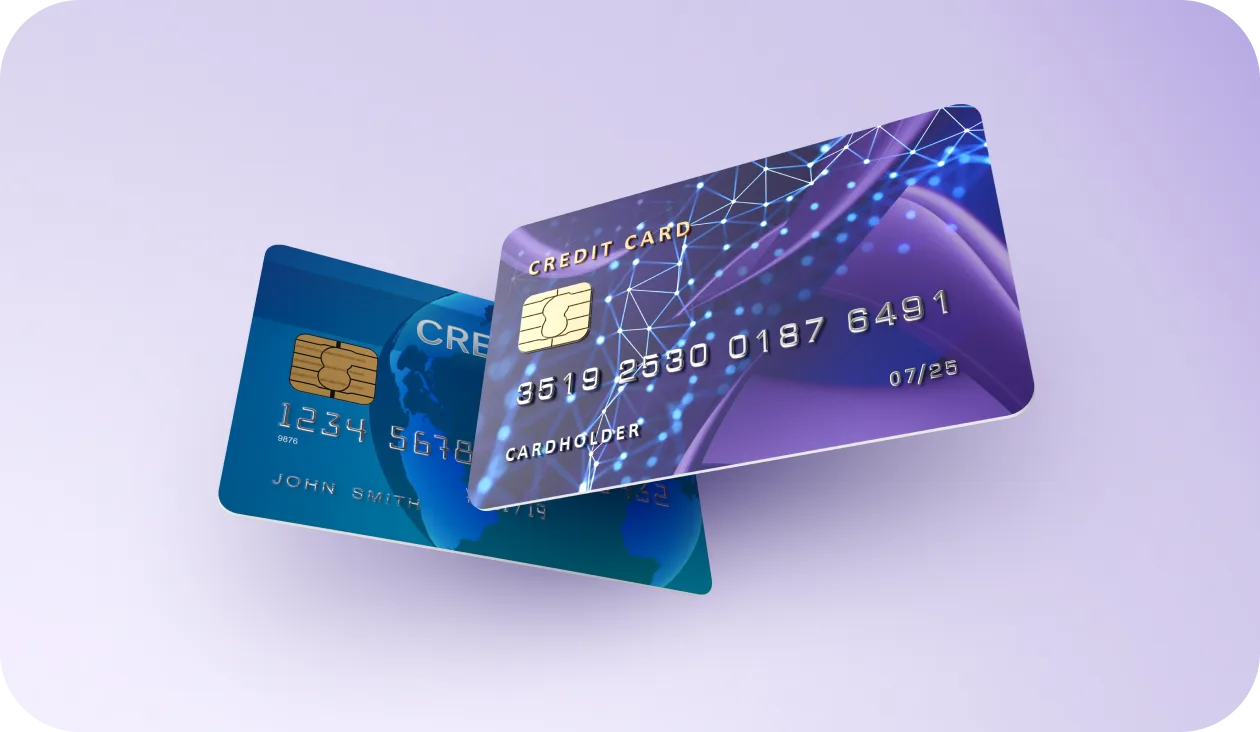
Maximize Your Savings: A Friendly Guide to the Best High‑Yield Accounts
If you're sitting on cash and want it to actually do something, a high‑yield savings account is the easy win. Here's the thing: you get flexibility like a regular savings account, but with a stronger APY. And yes, the big question—are high yield savings accounts safe—comes up a lot. Let's walk through it in plain English so you can feel confident and move your money with purpose.
How high‑yield savings actually work
A high‑yield savings account (HYSA) is just a savings account that pays a higher variable rate. Banks—especially online ones with lower overhead—compete for deposits by offering better APYs. The trade‑off? Rates can move. Up when the market’s hot, down when it cools. But your principal stays intact and accessible. Wondering are high yield savings accounts safe in this setup? Hang tight—we'll get into the protection that makes them a low‑stress home for short‑term cash.
Safety 101: FDIC, NCUA, and what really matters
The headline: insured HYSAs are protected up to $250,000 per depositor, per insured bank, per ownership category. Banks carry FDIC insurance; credit unions carry NCUA insurance. If an insured institution fails, the government‑backed fund steps in and makes depositors whole up to those limits. That’s why, when you ask are high yield savings accounts safe, the real answer is: yes—if you confirm FDIC/NCUA coverage and keep balances under the limits (or spread them across institutions).
Two quick tips I actually use: verify the institution in FDIC’s BankFind or NCUA’s lookup (takes a minute), and enable strong login security—unique password and two‑factor. Online banks aren’t inherently riskier; they just live in your phone. The insurance works the same.
When a HYSA beats the alternatives—and when it doesn’t
Emergency fund? Perfect match. Big purchase within 3–18 months? Also great. Sinking funds for travel, taxes, home repairs—yes. You’ll earn interest while keeping easy access, and you’re still covered by deposit insurance. If you’re weighing “are high yield savings accounts safe for my emergency fund,” they’re built for exactly that.
Where a HYSA doesn’t shine: money you don’t need for 5+ years. Long horizons are usually better served by diversified investments that can outpace inflation. Different tool, different job. No drama.
Rates, APY fine print, and avoiding gotchas
APY includes compounding, so it’s the number to compare. Be wary of teaser rates that require hoops—big minimums, monthly direct deposits, or spending on a linked card. I prefer “no‑strings” APYs with free transfers and no maintenance fees. And a quick reality check: rates move. If you see a headline rate that’s dramatically higher than the pack, read the conditions twice. You’re still wondering are high yield savings accounts safe when rates jump around—yes, the rate is variable, but the insured principal is the safety piece.
Transfer speed matters too. Many top online banks move money in 1–3 business days via ACH. If you need instant access, keep a small buffer in checking and the rest in HYSA. That way unexpected bills don’t force you into fees.
How to pick a great HYSA in five minutes
Here’s my quick flow: confirm FDIC/NCUA insurance, scan the APY and any balance requirements, check for monthly fees (you want $0), look at transfer limits, and make sure the app is clean and reliable. If you’re debating are high yield savings accounts safe at online‑only banks, insurance status and your login security matter far more than whether a brand has branches.
Want actual picks? I keep a running shortlist and update it as rates shift. If you want the current winners, check out Consumer's Best—I've bundled my favorites in our latest savings account reviews with plain‑English pros and cons.
Set it up: a simple playbook to maximize your yield
Open the HYSA, link your checking, and move your starter amount. Automate a weekly or biweekly transfer—small but steady wins. I like naming sub‑accounts (Emergency, Taxes, Trips) to keep goals tidy. If one bucket creeps toward $250,000 with one bank, split the overflow to a second insured institution. That way, even if you’re still asking are high yield savings accounts safe for larger balances, you’ve kept every dollar under the insurance umbrella.
One last nudge: review your rate every month or two. If your bank drifts below top‑tier APYs by a big margin, move. Transfers are easy, and your future self will appreciate the extra interest.
Bottom line
For short‑term and safety‑first money, a high‑yield savings account just makes sense. The protection is clear, access is easy, and the rate is better than letting cash nap in checking. If you want a shortcut to the best options right now, I’ve already done the legwork—peek at Consumer's Best for my current HYSA picks, and move your cash where it earns its keep.
Frequently Asked Questions

Make Your Savings Grow Faster.
UFB Direct, a division of Axos Bank, offers a high-yield savings account designed for individuals looking to maximize their interest earnings with minimal fees. It's an online-only option focused on providing competitive rates and a straightforward banking experience.








